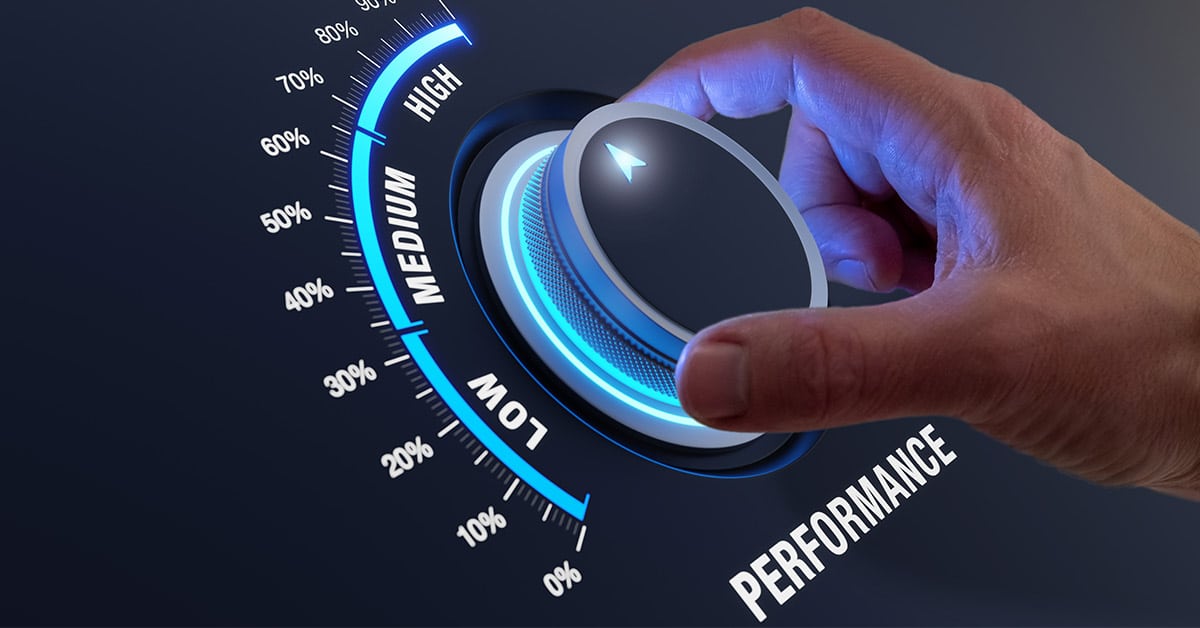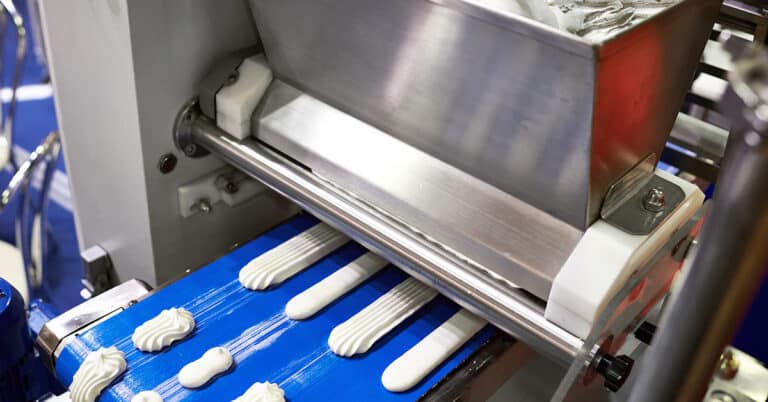The idea of asset performance optimization is a great way to improve your manufacturing facility or other industrial environment without wasting any time or money. As a whole, it will help you to understand your business better and make small changes that lead to a more optimized operation. Simply upgrading how you handle maintenance can have a trickle effect that optimizes a number of different assets in your factory. With the increasing complexity of modern equipment, higher demand for uptime and the rising costs of unplanned downtime, it’s never been more vital to do everything possible to make improvements. As part of a predictive maintenance and digital transformation initiative, asset performance optimization can yield significant benefits in terms of operational efficiency for manufacturers like you.
This blog will discuss what asset performance management is, how to optimize it, ways to optimize your assets today and some major benefits revolving around these upgrades.
What is asset performance management (APM)?
Asset performance management is the integration of people, processes and technology to improve asset reliability and performance throughout an industrial facility. Your assets are anything useful or valuable to your company — it ranges from your workers to your equipment and raw materials.
For instance, tracking the process from receiving the raw material to sending your final product is one version of asset performance management. APM can be achieved through the integration of predictive analytics, condition monitoring technology and IIoT sensors, all of which can keep your facility’s machinery online for as long as possible.
Measuring asset performance: the 3-layer approach
The best way to optimize critical asset performance is to measure how assets are performing in the first place and then track the changes. How does your company do this? Most people follow a three-pronged approach: looking into the asset’s performance, tracking asset management performance and rounding it out with asset management system performance checks.
With industrial asset management software, all three of these tasks can be streamlined and further optimized.
Asset performance
The first category is perhaps the easiest to understand. With asset performance, the goal is to understand how your asset is doing by tracking specific asset performance metrics. These can include Overall Equipment Effectiveness (OEE), Mean Time Between Failures (MTBF) or Mean Time to Repair (MTTR). For instance, you can look at the throughput of your machines, final quality of your product and measured downtime of any equipment. Real-time monitoring tools are extremely beneficial in this regard.
These values will simply show how your assets are performing from month to month.
Asset management performance
Next, you want to look into how well your organization manages its assets. In other words, evaluate how you’re checking the performance of your assets. If one of your enterprise asset management performance metrics is machine downtime, your asset management performance metric will look at how you measure downtime and what constitutes as “downtime.”
This data will help you avoid unplanned downtime in manufacturing, amongst other benefits. Additionally, asset management performance looks at how well your assets are designed to meet your expectations. If you expect your operators to inspect a thousand units a week, they need to be properly trained and have an optimized workstation. Other elements of this process include evaluating workforce training, inspection schedules and compliance tracking.
Asset management system performance
Asset management system performance is the final performance check. With asset management metrics, you want to compare the real-world data to your designed data. If you want to minimize machine downtime, then you need to compare your maintenance schedule to what the designed maintenance frequency should be for each machine.
In simpler terms, you will look at the metrics of the specific systems you have in place for your assets. How you report data, track your assets and predict maintenance are all part of this. Digital systems such as CMMS and EAM platforms are effective at collecting and analyzing this data as accurately as possible so you can make decisions more effectively and with greater speed.
Ways to optimize your assets for peak performance
To achieve peak performance, your assets need to be optimized. Consider the following ways to optimize your assets for peak performance:
- Create a dedicated team: A dedicated asset performance assurance team can analyze performance metrics and track them. With continual tracking from a dedicated team, you’ll ensure that nothing falls through the cracks.
- Perform regular audits and reviews: Regular audits and reviews are imperative if you want to achieve and maintain asset performance optimization. These checks will look at the values for your different metrics and compare them to the historical values, pointing out any changes in either direction.
- Look at the whole lifecycle: Make sure you’re looking at the full lifecycle of your parts. Doing so gives you a more complete picture of your assets, allowing you to further optimize them at every stage of their life.
- Consider automation: Asset management in the manufacturing industry also unlocks an opportunity to automate how you track and compile your asset data. Doing so can save you a lot of time and avoid simple mistakes made due to human error.
- Maximize your maintenance planning: You’ll notice that a lot of asset performance optimization revolves around maintenance. To optimize your results, you should start by optimizing your maintenance planning.
- Predictive maintenance: With the data collected from IIoT sensors, maintenance technicians can spot potential problems and solve them before they have an opportunity to take equipment offline.
- Real time data and IIoT integrations: When you have up-to-the-minute data about your equipment through IIoT integrations, you’ll be able to have the most accurate picture of how well your facilities are performing.
- Digital twins for lifecycle visibility: Digital twin technology allows you to simulate your equipment under various conditions and see how every component would be affected. This gives you the ability to see how and when asset failures are most likely to occur so you can plan ahead.
- Cross-functional collaboration: By collaborating between your maintenance, operations and IT teams, you can achieve better management of your assets and keep them online for as long as possible.
Benefits of asset optimization
Asset performance optimization has a number of benefits for production companies in high-stakes sectors including automotive, food and beverage, and pharmaceutical manufacturing. By optimizing your assets, you’re getting the most out of your business.
- Better ROI: Since you’re getting the most out of your assets, you’re optimizing your company’s workflow. Of course, this translates to a better ROI and more money in your pocket.
- Improves asset availability: With critical asset monitoring, you’ll also ensure your assets are available and running as much as possible.
- Optimizes maintenance: With a better understanding of your current maintenance and optimization through the new metrics you’re tracking, you will unlock an optimized maintenance schedule.
- Better productivity: Finally, you can achieve better overall productivity once you start optimizing your asset performance.
Partnering for optimized asset performance
Asset performance optimization comes with a lot of benefits for companies just like yours. By creating a dedicated team, tracking the right metrics and evaluating all your assets, you can improve your ROI, optimize your maintenance schedule and unlock better overall productivity.
If you need help, reach out to our team at ATS. We provide assistance with maintenance tasks, tracking and automation, allowing you to focus more on your core competencies and other processes. We can implement predictive technologies, help you integrate IIoT, provide data analysis expertise and offer ongoing support. Our variety of industrial maintenance and MRO solutions can help with your manufacturing operation, short or long-term depending on your needs.






